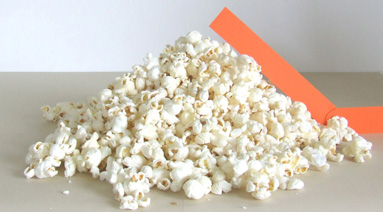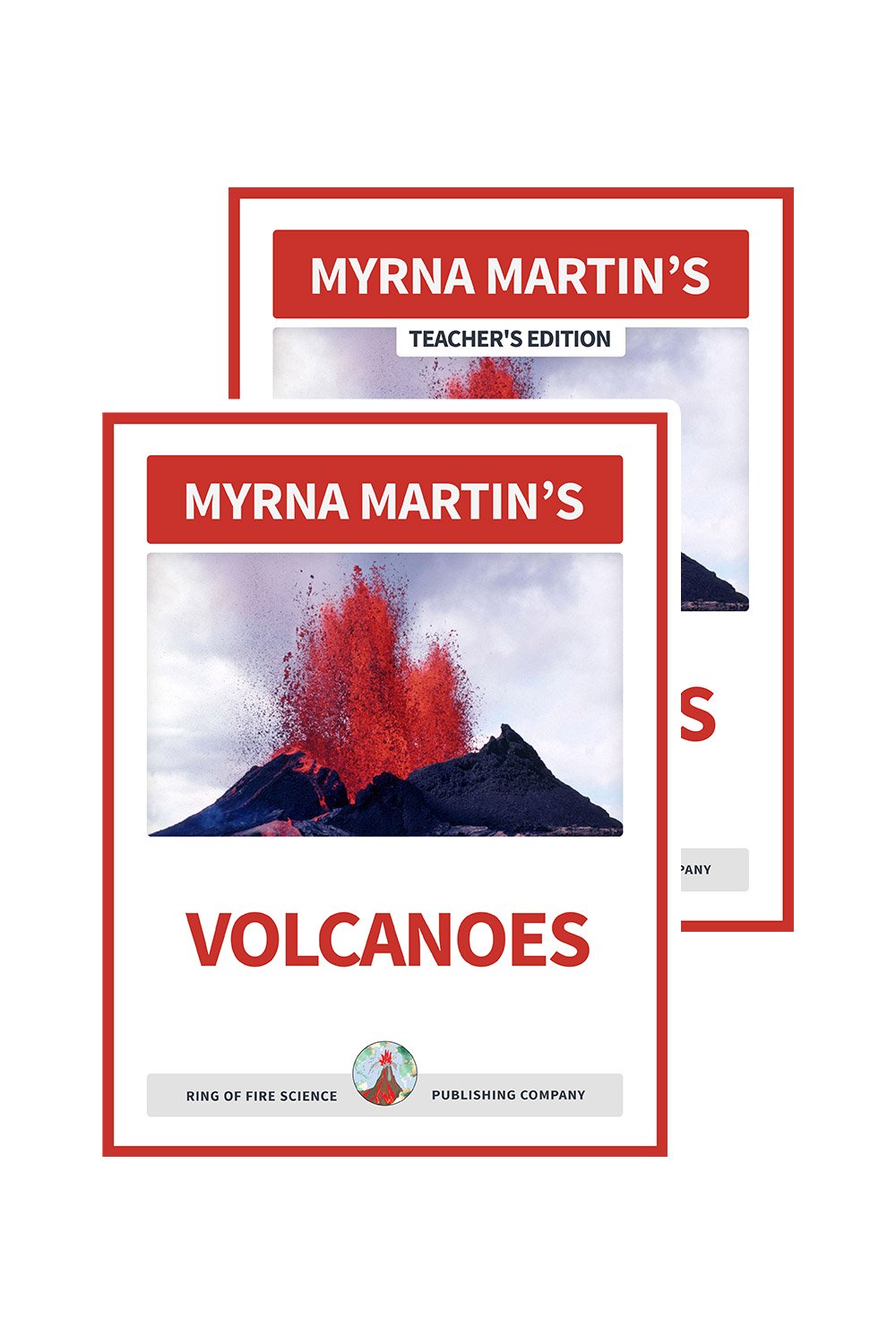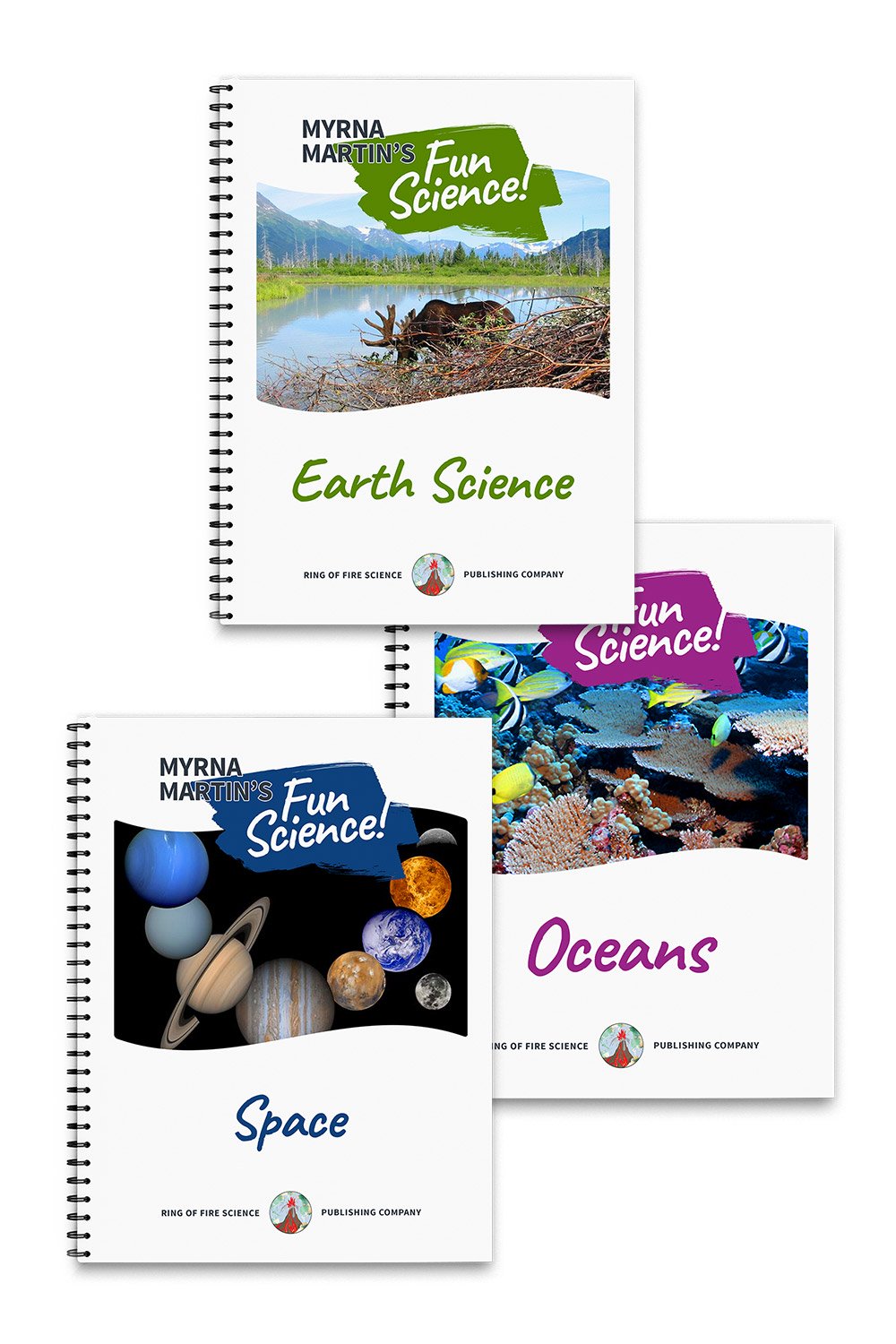Volcano Science Experiment, Cinder Cones
This volcano science experiment studies the shape of cinder cones. Cinder cones form when basalt magma contains large amounts of dissolved gases. The gases expand in the magma as the molten rock nears the Earth's surface.
The molten rock blows into the air above the volcano powered by the expanding gases. The expanding gases also causes the airborne rock to break apart into small pieces of rock usually about the size of a large walnut.
The erupting lava forms a small cone shape of rocks around the vent where the lava is erupting. If the eruption continues the cone will continue to grow. Paricutin in Mexico was the first cinder cone to be observed by scientists during its entire life cycle. Today the cinder cone is thought to be extinct.
Most cinder cones form small volcanic mountains of cinders. This experiment examines the slope of cinder cones after an eruption. Cinder cones of popcorn, sand and pebbles will be created to see how their slopes compare.
Materials
- Popcorn
- Sand
- Small pebbles
- Fan
- Protractor
- Construction paper
- Paper fastener
- Paper and pencil
Directions
- Create your instrument to measure the angle of the slope first.
- Cut two strips of construction paper 1" x 6" long.
- Fasten the two pieces together at one end of the pieces of paper.
- The paper strips should be able to move apart and together to form an angle.
- Taking three cups of popcorn begin dropping the popcorn onto a table or some other flat surface.
- When you have dropped all the popcorn and it has formed a small cone measure the angle of the popcorn cone.
- Record the information on a sheet of paper.
- Make a prediction about the angle of a cinder cone made of sand.
- Repeat the experiment with sand, check the angle and record the information on your sheet of paper.
- Make a prediction about the angle of a cinder cone made of small pebbles.
- Decide if your prediction was correct or incorrect?
- Write a brief summary of your experiment.
More Links to Science Experiments
Gravity Experiments, Balancing Acts Learn how to balance a potato, fork and pencil on the edge of a table.
Elementary Science Experiment, Earthquake Waves Create your own wave box that makes paper clips jump when earthquake waves pass through them.
Gravity Experiment, Topsy Turvy Plants Have fun growing tomatoes upside down in this fun experiment.
Elementary Science Experiments, Bird Feeders Study the feeding habits of wild birds in your back yard or porch area in this interesting experiment.
Science Experiment, Mentos Experiment Have fun creating a geyser of diet coke in the fun and exciting experiment.
Volcano Science Experiment, Cinder Cones Have you ever wondered how volcanoes get their shape? Find out about cinder cones in this fun volcano science experiment.
Earth Science The links on this page include information on the Earth, the Rock Cycle, Volcanoes, experiments, activities and much more.
KIDS FUN SCIENCE BOOKSTORE
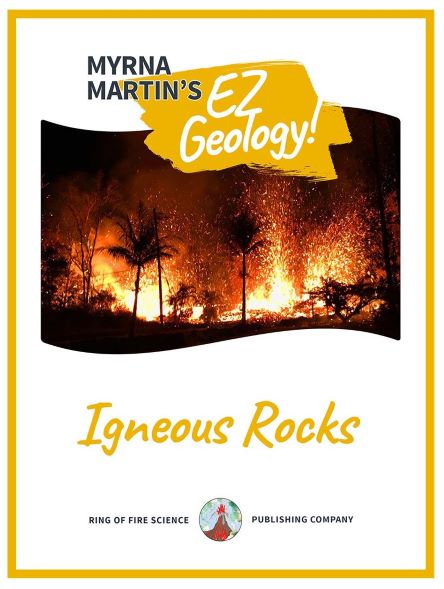 |
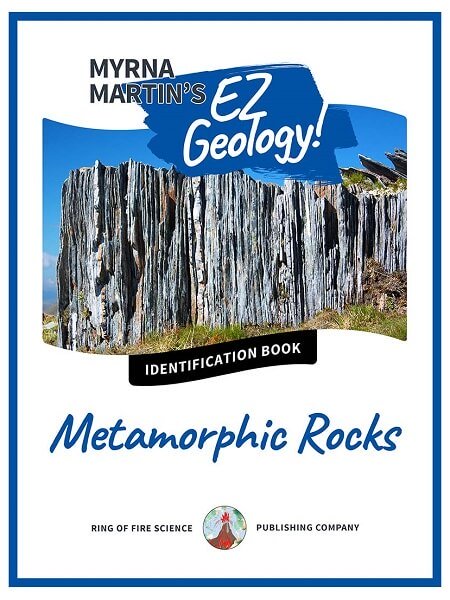 |
Check out Myrna Martin's award winning textbooks, e-books, videos and rock sets. The Kids Fun Science Bookstore covers a wide range of earth science topics. Click here to browse.
Sign up to our monthly newsletter and receive our FREE eBook containing 3 fun activities that don’t appear in any of our other books!
The Kids Fun Science monthly newsletter will include the following: current events, weird and fantastic facts, a question of the month, science trivia and the latest new content from our website.
We respect your privacy and you can be assured that we will never share your email address or use it for any other purpose than to send you our newsletter.


